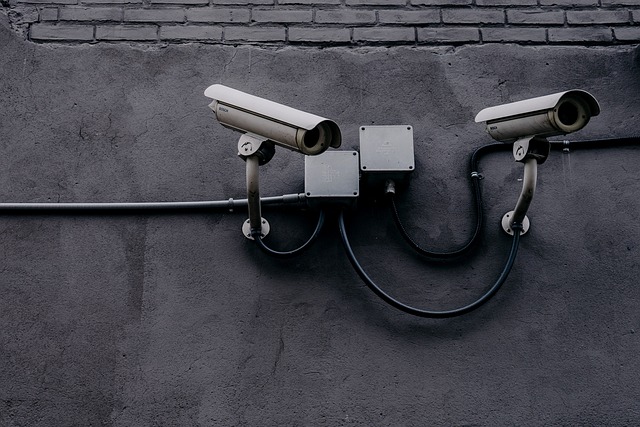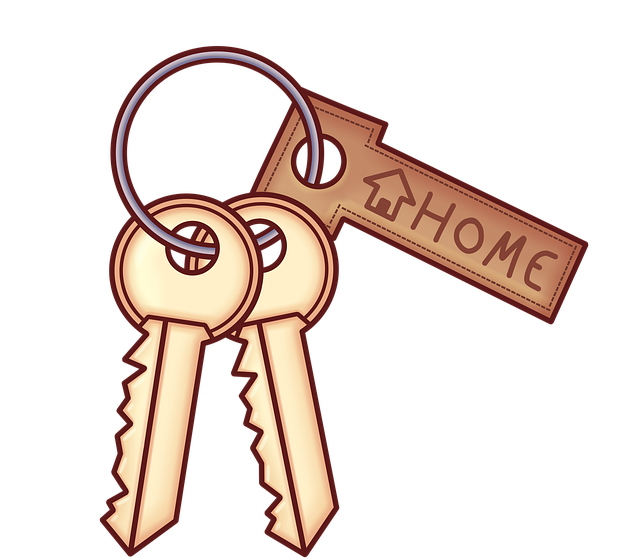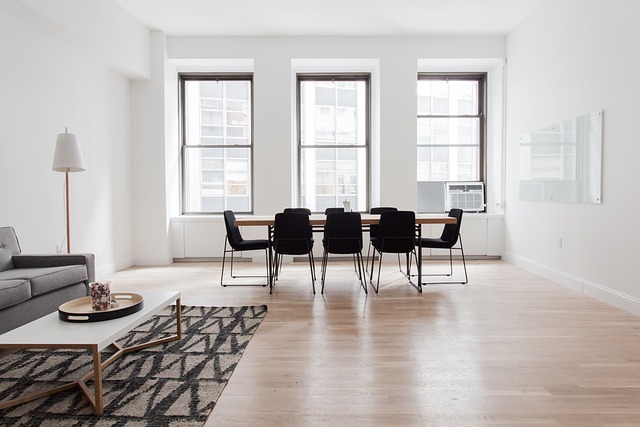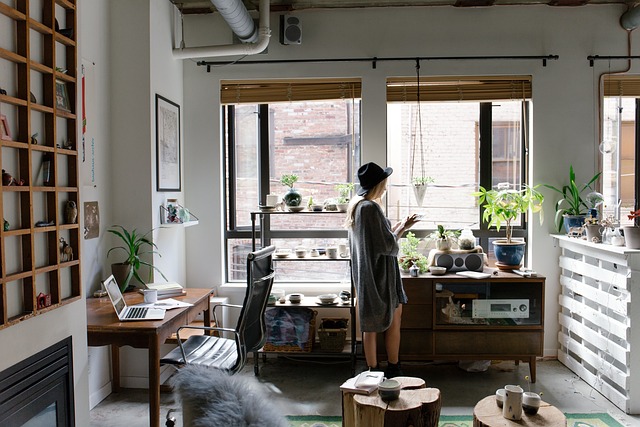Securing vintage properties requires a delicate balance between modern safety and historical preservation. Professionals specializing in retrofitting offer solutions like advanced locking systems, strengthened windows, and smart home technology integrated into older structures' unique infrastructure. This process enhances traditional home safety without compromising its character, addressing outdated security features common in older homes. Regular maintenance ensures historic homes remain secure while maintaining their timeless appeal.
“Uncover the secrets to safeguarding your vintage property with custom security plans. ‘Security for Older Homes’ explores the unique challenges of historic abodes, offering a comprehensive guide for homeowners. From assessing vulnerabilities in traditional structures to modernizing outdated safety features, this article provides a step-by-step approach. Learn how to retrofit home security and create a robust plan tailored to your vintage home’s needs. Discover key upgrades that enhance protection without compromising its charm. Embrace peace of mind with these essential home security updates.”
- Understanding the Unique Challenges of Vintage Properties
- Assessing Security Needs and Vulnerabilities in Historic Homes
- Retrofit Security Solutions for Older Buildings: A Step-by-Step Guide
- Modernizing Traditional Safety Features: Key Upgrades for Enhanced Protection
- Creating a Comprehensive Home Security Plan for Your Historic Abode
Understanding the Unique Challenges of Vintage Properties

Vintage properties present a unique set of challenges when it comes to security and protection. These older homes often boast beautiful architectural details and historical charm, but they may lack modern security features and systems. Upgrading security for historic homes requires a delicate balance between preserving their original character and integrating contemporary safety measures. Many vintage homes were built with different construction methods and materials, which can impact the installation of traditional security equipment.
When it comes to securing older properties, a one-size-fits-all approach won’t work. Homeowners and professionals specializing in historic home security must consider the unique aspects of each property, such as age, original design, and any existing security infrastructure. Retrofit home security solutions can be tailored to meet specific needs, ensuring that traditional home safety improvements enhance the structure’s integrity while providing modern protection for today’s living requirements.
Assessing Security Needs and Vulnerabilities in Historic Homes

Assessing Security Needs in Vintage Properties
When it comes to securing vintage properties, understanding the unique challenges and vulnerabilities inherent in historic homes is paramount. These structures often boast intricate architectural details, original fixtures, and diverse materials—all of which can pose specific security concerns. For instance, older homes may have outdated locking mechanisms or windows that lack modern security features. Retrofitting these elements to meet contemporary safety standards is a crucial step in protecting these valuable properties.
Upgrading home security for vintage structures involves a thoughtful balance between preserving historical integrity and implementing robust safety measures. Professionals specializing in historic preservation can guide owners through the process of enhancing traditional home safety without compromising the building’s character. This may include modernizing entry points, installing advanced alarm systems compatible with older structures, and integrating smart home technology tailored to meet the specific needs of these timeless residences.
Retrofit Security Solutions for Older Buildings: A Step-by-Step Guide

Securing vintage properties requires a unique approach that balances preserving historical integrity with implementing modern safety measures. For older buildings, retrofit security solutions offer an effective way to enhance protection without compromising the property’s charm. Here’s a step-by-step guide to help you modernize home security for traditional homes.
1. Assess the Property’s Vulnerabilities: Begin by thoroughly inspecting the vintage property to identify potential weak spots. Consider factors like aging locks, broken windows, and outdated alarm systems. Take note of entry points, both obvious and hidden, to tailor your security plan accordingly.
2. Prioritize Upgrades: Prioritize security enhancements based on risk assessment. Focus on critical areas such as the main entrance, windows, and roof. Modernize or replace old locks with high-security models, ensure window screens are in place, and consider installing a reliable alarm system compatible with smart home technology for remote monitoring.
3. Install Advanced Locking Mechanisms: Upgrade to advanced locking systems like smart deadbolts or keyless entry locks. These devices offer enhanced security while providing convenience and accessibility. Some even allow you to grant temporary access to service providers or guests via smartphone apps, ensuring traditional home safety without sacrificing modern amenities.
4. Strengthen Windows and Doors: Repair or replace weak or broken windows with energy-efficient, secure options. Install reinforced doors, especially at the main entrance, to create a sturdy barrier against potential intruders. Consider adding security films or bars for added protection without compromising aesthetics.
5. Implement a Reliable Alarm System: Integrate a state-of-the-art alarm system that connects to a monitoring center. Modern systems offer motion sensors, glassbreak detectors, and smart cameras, providing comprehensive old home protection. Many can be controlled remotely via smartphone apps, allowing you to monitor your property’s safety improvements anytime, anywhere.
6. Integrate Smart Home Security: Leverage the latest in security technology by integrating smart home devices. Motion-activated lighting, smart door locks, and indoor cameras create an intelligent security network that discourages intruders while making your vintage property more secure and efficient.
Modernizing Traditional Safety Features: Key Upgrades for Enhanced Protection

Many vintage properties boast charming aesthetics and rich history, but they often lack modern security features. Upgrading traditional safety mechanisms is essential for enhancing protection in historic homes while preserving their classic charm. Retrofitting home security involves installing advanced systems that complement the property’s age-old character. For instance, replacing outdated locks with smart ones or integrating a modern alarm system into the existing architecture can be both functional and aesthetically pleasing.
Key upgrades should focus on strengthening points of entry, such as windows and doors, by installing high-security locks and reinforced frames. Additionally, integrating smart home technology allows for remote monitoring and control of security systems, providing peace of mind for homeowners. These improvements ensure that the integrity of vintage properties is maintained while offering state-of-the-art protection against potential threats.
Creating a Comprehensive Home Security Plan for Your Historic Abode

When it comes to securing a vintage property, creating a comprehensive home security plan is essential to protect its unique character and historical value. Start by assessing the current security measures in place, taking into account the specific needs of an older home. Many historic structures have distinct architectural features that can be both beautiful and vulnerable; therefore, a tailored approach is crucial. Consider the age of the electrical wiring, plumbing, and roofing—upgrading these components not only enhances safety but also aligns with modern standards.
Implementing security upgrades for vintage homes involves strategic decisions. Retrofitting security systems to match contemporary technology while preserving the property’s traditional aesthetics is an art. Smart locks, surveillance cameras, and motion sensors can be discreetly integrated to provide advanced protection without compromising the home’s charm. Additionally, regular maintenance checks and updates on security protocols ensure that your historic abode remains a safe haven, combining tradition with state-of-the-art safety measures.
Securing a vintage property requires a thoughtful approach that balances the preservation of historical integrity with modern safety needs. By understanding the unique challenges and assessing specific vulnerabilities in older buildings, homeowners can create tailored security plans. The step-by-step guide provided offers practical solutions like retrofit security measures and modern upgrades to traditional safety features. Adopting these strategies ensures old home protection while enhancing overall home security updates, making historic abodes both safe and secure for the future.
